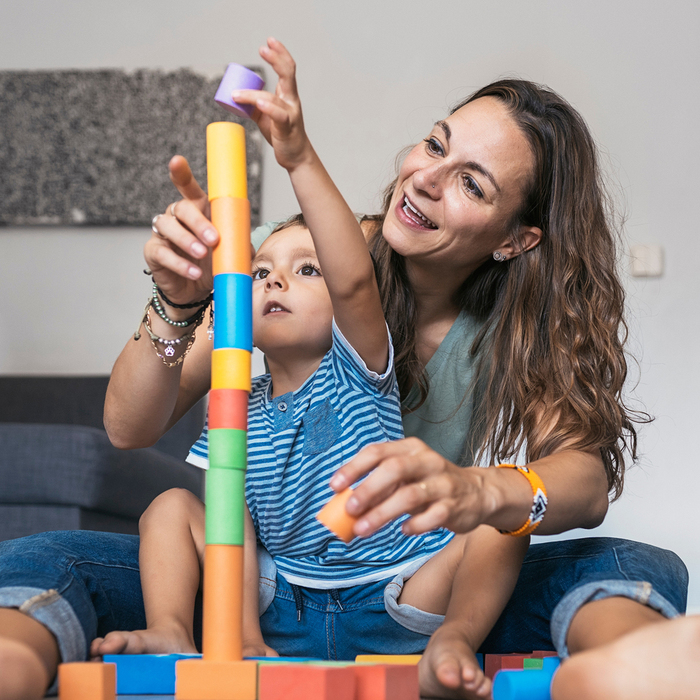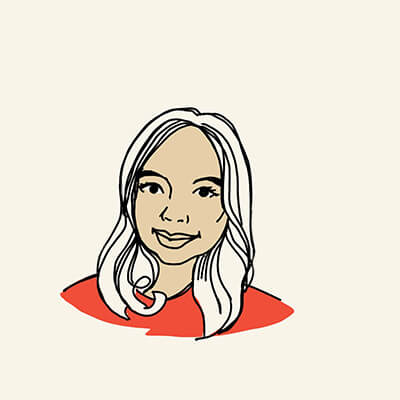* Mutual funds and other securities are offered through Aviso Wealth, a division of Aviso Financial Inc. Commissions, trailing commissions, management fees and expenses all may be associated with mutual fund investments. Please read the prospectus before investing. Unless otherwise stated, mutual funds, other securities and cash balances are not covered by the Canada Deposit Insurance Corporation or by any other government deposit insurer that insures deposits in credit unions. Mutual funds and other securities are not guaranteed, their values change frequently and past performance may not be repeated. Pooled Portfolios are distributed by Aviso Wealth. Referral fees, commissions, management fees, and expenses all may be associated with managed accounts or the investments therein. Managed accounts, and the investments therein, are not insured nor guaranteed, their values change frequently and past performance may not be repeated.
Your deposits in this account are 100% protected by the Credit Union Deposit Insurance Corporation of British Columbia (CUDIC).
Vancity is a BC Financial Services Authority authorized credit union and is covered by the Credit Union Deposit Insurance Corporation of British Columbia (CUDIC). To find out more about this coverage, visit the CUDIC website or ask us for more details.
1Rate is subject to change or may be withdrawn without notice at any time. Interest is calculated on closing daily balance in an Account and paid at month-end. The interest is an annual interest rate. Interest is earned in the currency of the account. Promotional interest rate will not be earned on pre-existing Vancity accounts.
2Withdrawals from the FHSA to purchase a qualifying home must be made using a prescribed form.
To withdraw funds on a non-taxable basis, the holder must:
- Be a first-time homebuyer at the time of withdrawal;
- An individual counts as a first-time homebuyer for this purpose where, during the 4 previous calendar years and during the period of the current year ending 31 days before the withdrawal was made, the individual did not live in a home that they owned or jointly owned.
- Have a written agreement in place before the withdrawal to buy or build a qualifying home (in Canada) with the acquisition or completion date of the qualifying home before October 1 of the year following the date of the withdrawal;
- Intend to occupy that home as the principal place of residence within 1 year of acquiring the qualifying home;
- Be a resident of Canada from the time of the withdrawal until the home is acquired; and
- Not have acquired the qualifying home more than 30 days before the withdrawal is made.
If the above conditions are met, the entire balance in the FHSA can be withdrawn on a tax-free basis in a single withdrawal or a series of withdrawals.
3Please consult your tax advisor for more information on potential tax implications.
4To open an FHSA, the individual must be a resident of Canada with a SIN who has reached the age of 18 years or older but not more than 71 years on December 31 of the year you open an FHSA.
5An individual is considered to be a first-time home buyer if at any time in the part of the calendar year before the account is opened or at any time in the preceding four years they did not live in a qualifying home (or what would be a qualifying home if located in Canada) that either (i) they owned or (ii) their spouse or common-law partner owned (if they have a spouse or common-law partner at the time the account is opened).
6Members are responsible for their CRA contribution limits for registered plans and knowing what those limits are. Vancity is not responsible for any loss or damage from over contributions.
7Starting in the year the FHSA is opened, the holder can contribute, or transfer from an RRSP, a total of $8,000, plus any carry-forward available. The maximum lifetime amount that can be contributed or transferred to an FHSA is $40,000. An individual may carry-forward up to $8,000 of any unused contribution room in any year. Carry-forward amounts only start accumulating after an individual opens an FHSA for the first time. Unlike RRSPs, contributions made within the first 60 days of a subsequent year can’t be deducted in the previous tax year.
Where a holder transfers an amount from their RRSP into their FHSA, it would not be a taxable withdrawal from their RRSP (however they would not get back any RRSP contribution room).
Individuals can own more than one FHSA but the total amount they may contribute to all of their FHSAs cannot exceed their annual and lifetime contribution limits. Individuals must keep track of their own contribution room. There is a 1% per month penalty tax on any overcontributions.
Similar to RRSP contributions, there is no requirement to claim the FHSA deduction in the tax year in which a contribution is made. The amount can be carried forward indefinitely and deducted in a later tax year.
8The FHSA can remain open for a maximum of 15 years, subject to the following conditions:
FHSA must be closed at the end of the year in which the earliest of the following events occur:
- the 15th anniversary of opening your first FHSA; or
- you turn 71 years of age (an FHSA can be opened at age 71 but has to be closed before the end of the year); or
- the year following your first qualifying withdrawal from your FHSA; or
- The plan holder dies.
Savings in the FHSA not used to buy a qualifying home can be transferred on a tax-deferred basis into an RRSP (without specifically needing contribution room) or registered retirement income fund (RRIF); or withdrawn on a taxable basis.
Taxable withdrawals will be subject to withholding tax (at the same rates as RRSP withdrawals, except for in Quebec where the rates will be similar to taxable withdrawals from an RESP).



